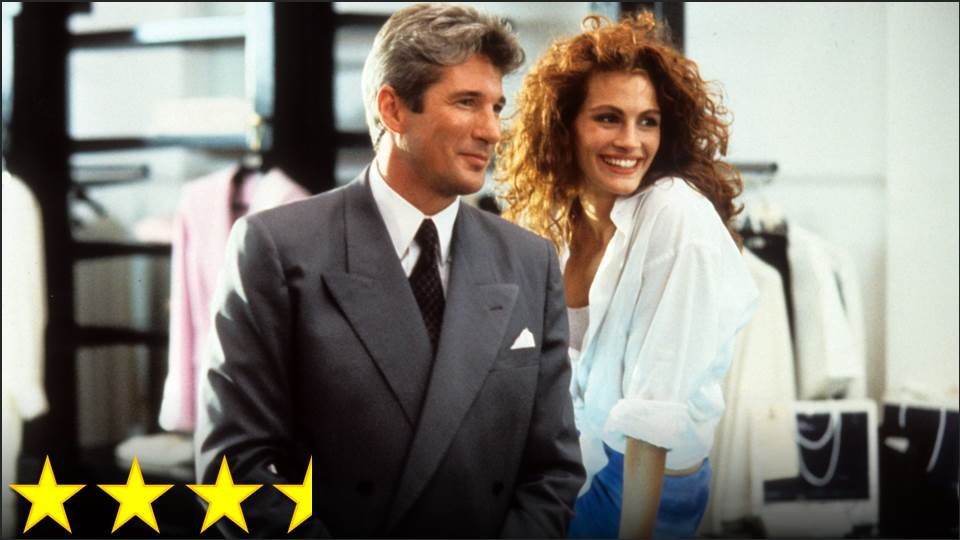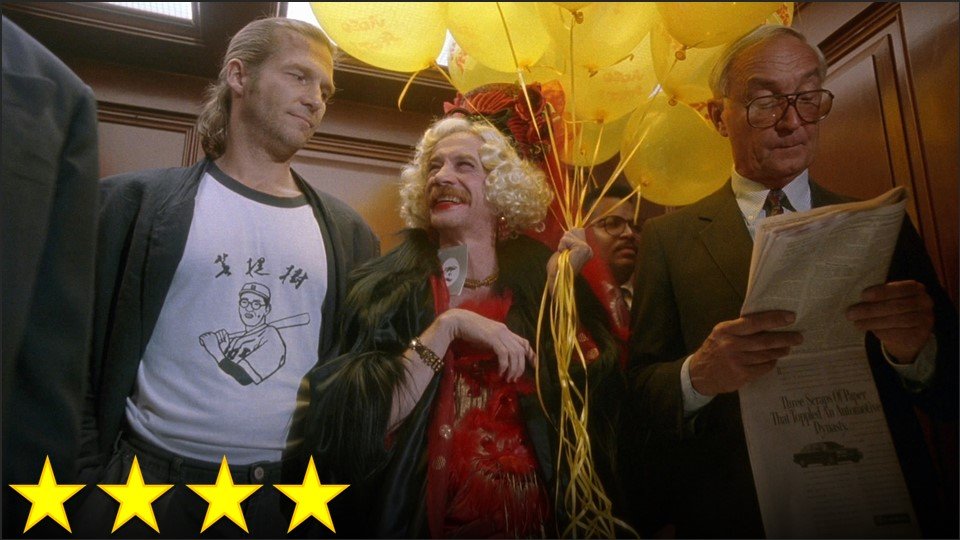Professors really like to tell their students stories about how things we mere millennials could never understand. I remember an English professor at my first college (although I don’t remember which one) explaining that Pretty Woman was a very surprising and controversial movie upon its release – one might even say a “game-changer.” The film was important because it presented two shifts in values: the first being acceptance of the fact that sex workers are people too, and the second being consideration of the opinion that a kiss on the mouth is more meaningful than sex. Now that I think about it, I can see how this could have ruffled feathers at the time, but I can’t make myself feel what it must have felt like to watch this film at the time when it came out – I can’t emotionally understand the significance of the movie. To me, it just looks like a movie that’s perfectly fine.
It does the job. The director and cinematographer seem to have had some fun with it, the writing is generally fairly smart, the comedy is satisfactory, and the performances are good. I’m not much of a fan of Roberts, and I might have liked her character more with a different person in the role, but I’ll grant that her performance was quite well-done. The other characters were less impressive – particularly the male lead – but there’s only so much you can do with a character as flat as … well, most of the characters (although Héctor Elizondo as the hotel manager is a treat). The problem is that, apart from this one twist on the rom-com genre, Pretty Woman is actually pretty generic, even to the point that a number of its scenes (the romantic montage being the best example) are unintentionally funny. But don’t think I didn’t like this movie – Pretty Woman is one of the most charming films I’ve seen in a long time, and while its initial “wow factor” may be lost, some of its appeal, as it is with other fairy tales, is timeless.





